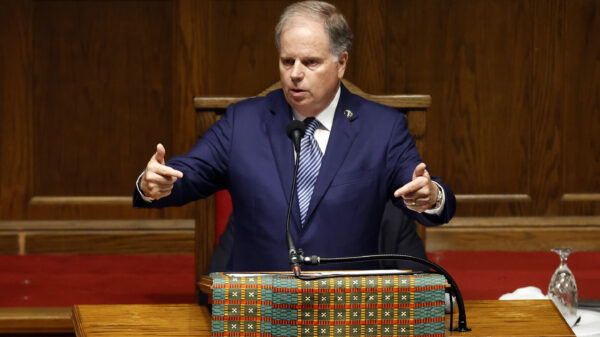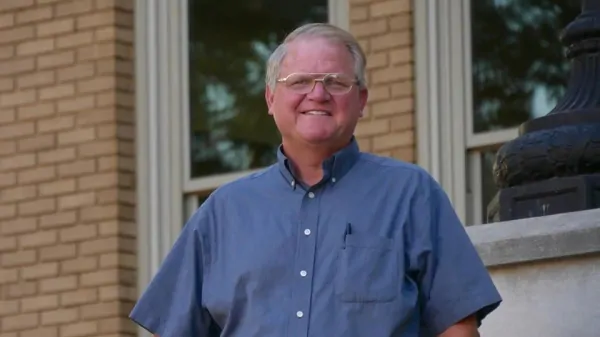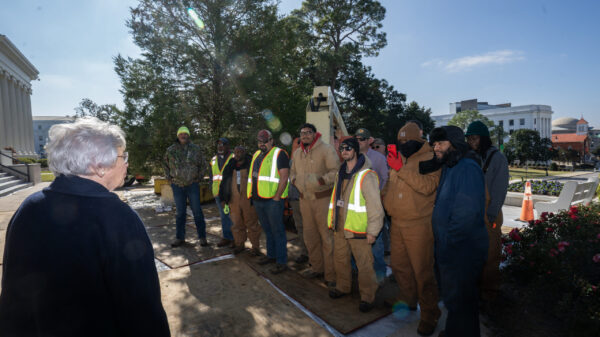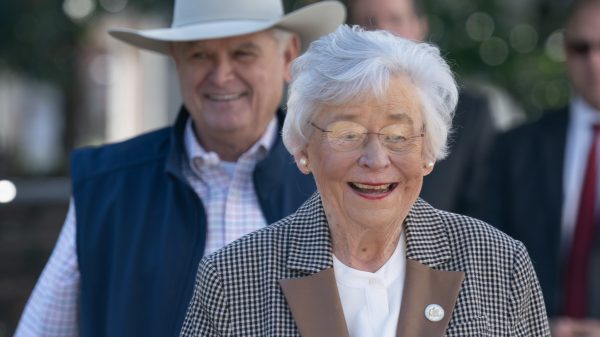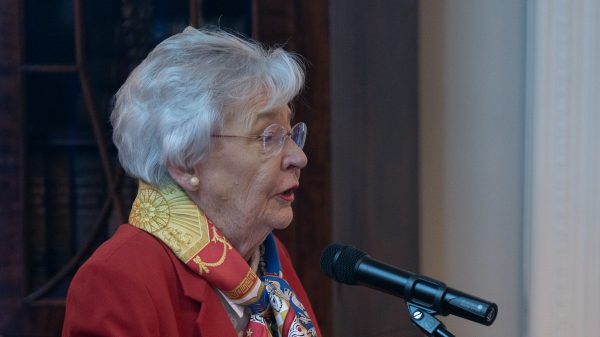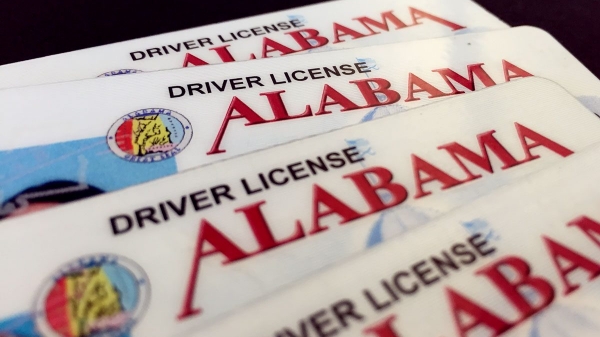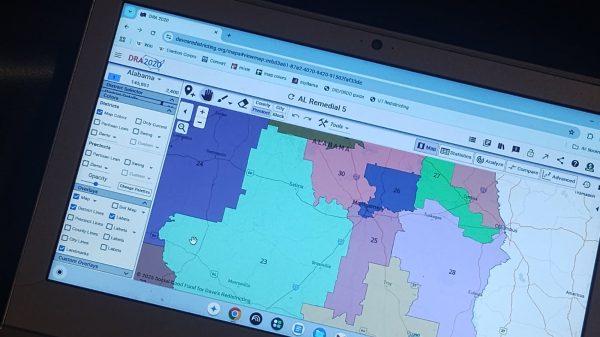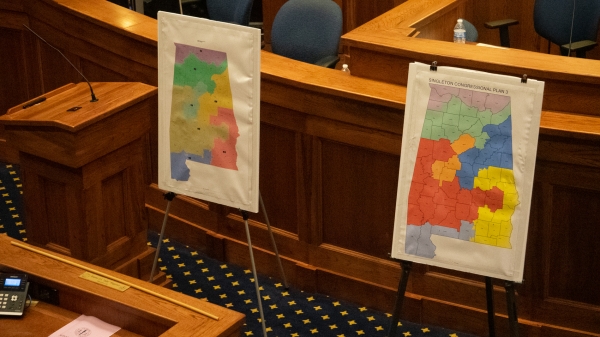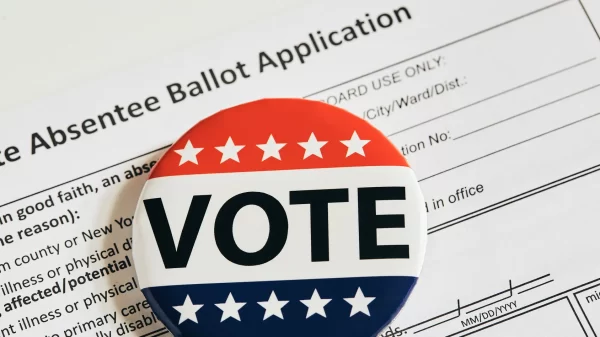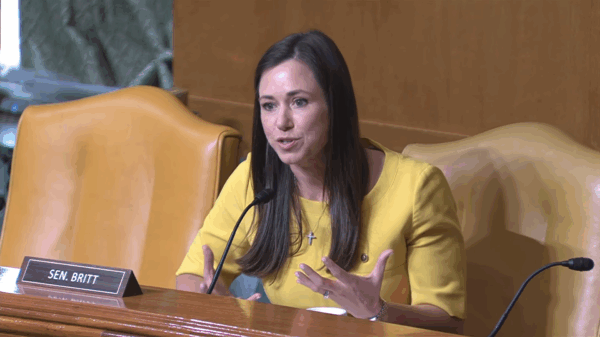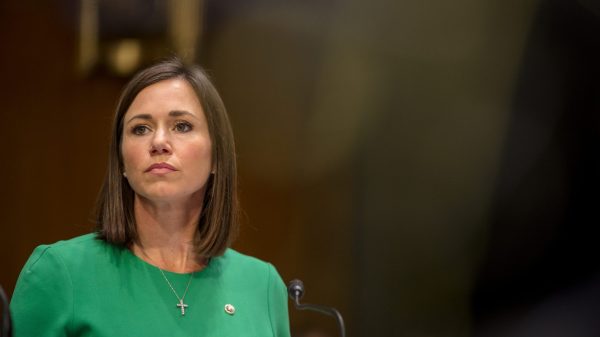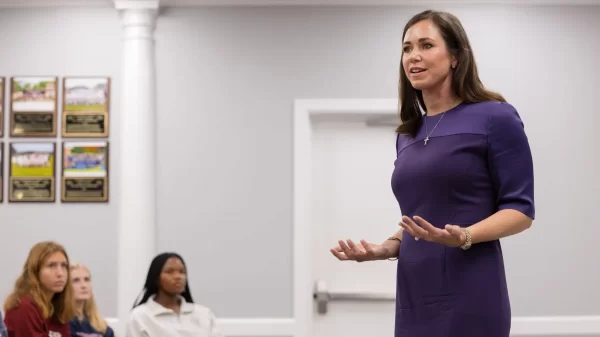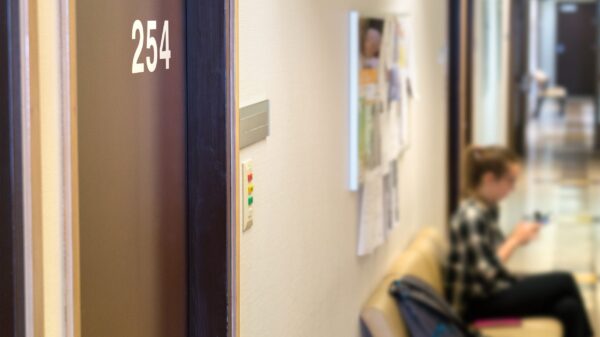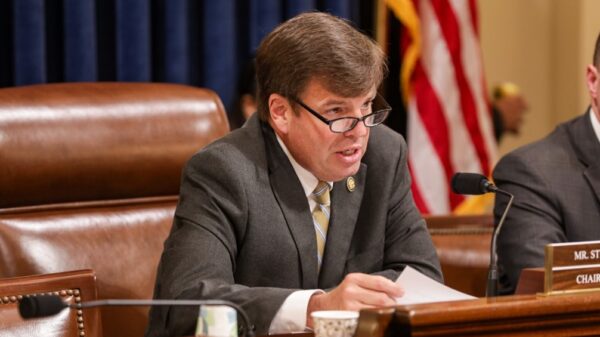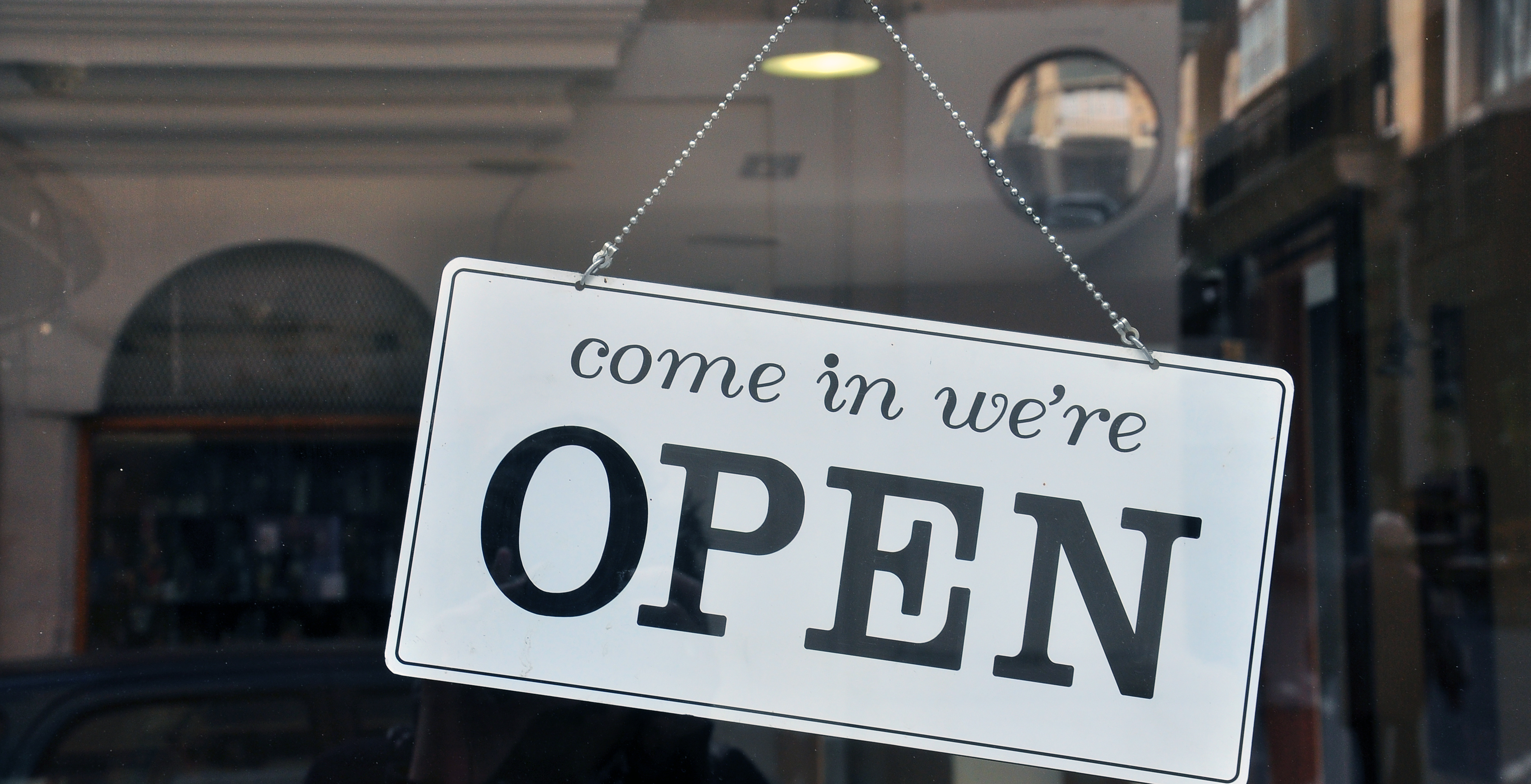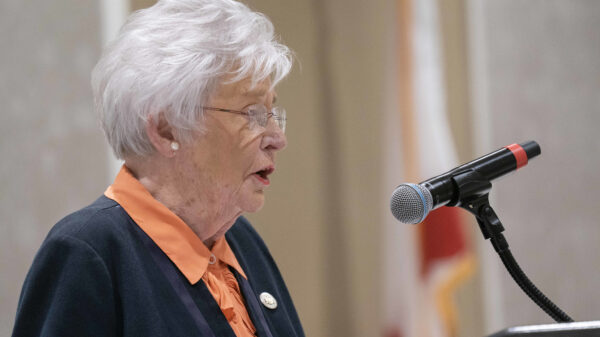Gov. Kay Ivey’s decision Friday to reopen more state businesses and relax more of her safer-at-home order starting Monday put Alabama as the fourth most open state in the nation, according to a state and local government lobbying firm’s analysis.
The Alexandria, Virginia-based Multistate Associates lobbying firm on Monday moved Alabama from the 22nd most open state up to fourth, following Ivey’s decision to allow restaurants, bars, gyms, barbershops and salons to reopen with social-distancing restrictions.
https://twitter.com/Bill_MSA/status/1259847548220686344?s=20
State Health Officer Dr. Scott Harris’s amended order Friday also allows non-work-related gatherings of any size, so long as people can maintain at least 6 feet of physical distancing, meaning churches can once again hold in-person services.
Alabamians are still encouraged to stay at home and avoid large gatherings.
The decision to reopen more businesses and allow larger groups to meet came as Alabama hasn’t yet seen a two-week decline in new cases that both Ivey and State Health Officer Dr. Scott Harris have said would need to be seen before loosening more of the restrictions.
Alabama last week confirmed more new cases of COVID-19 than during any previous seven-day period since the epidemic began in Alabama, according to APR‘s analysis of ADPH’s data. Alabama confirmed 504 new cases over the weekend. Thursday saw the largest daily increase with 355 new cases.
{{CODE1}}
The decision to relax more restrictions brought prompt concern from some state health experts, including Dr. Mike Saag, associate dean for global health at UAB and a renowned HIV researcher.
“The premise of the relaxation of the order is that our caseload is decreasing. That really isn’t true,” Saag told APR on Friday.
Multistate Associates ranks states based on 11 criteria, including whether residents under a stay-at-home order, How broadly states define essential business, whether non-essential offices (not customer-facing) are allowed to open and local preemption and statewide vs. regional approaches.
The lobbying firm’s website states that the ratings are run through a weighted formula and scored from 0 to 100. Alabama received a score of 72 after Ivey’s announcement Friday.
Only North Dakota (scored 76), Oklahoma (80) and South Dakota (92) scored higher in the rankings.
But in the three states who ranked higher than Alabama the number of confirmed COVID-19 cases are drastically lower than in Alabama, where as of Monday there were 9,953 confirmed cases of the virus, 401 deaths and at least 593 current hospitalizations, or 12.1 hospitalizations per 100,000 residents.
North Dakota on Monday had 1,491 confirmed COVID-19 cases, 35 deaths and 29 hospitalizations, or 3.8 hospitalizations per 100,000 residents, according to the North Dakota Department of Health. The state had tested 44,869 of the state’s approximately 762,000 residents.
In Oklahoma, there were 4,589 confirmed cases of the virus, 272 deaths and 822 hospitalizations, or 21 per 100,000 residents. Oklahoma had tested approximately 96,000 of the state’s 3.9 million residents, according to the Oklahoma State Department of Health.
South Dakota, which scored as the most open state in the rankings, on Sunday had recorded 3,517 COVID-19 cases and 77 hospitalizations, or 8.7 per 100,000 residents, according to the state’s Department of Health as cited by the news station KELO. (The South Dakota Department of Public Health’s website was down on Monday.) The state had tested approximately 23,894 of the state’s 884,000 residents as of Sunday.
In Alabama as of Monday, just 15 of 67 counties had tested more than 3 percent of residents, and just four counties have tested at least 4 percent. No counties had tested more than 4.4 percent.
The number of health care workers, long-term care workers and residents contracting the virus also continues to rise in Alabama, where within the last week 214 more health care workers had confirmed cases of coronavirus, bringing the total to 1,390, according to the Alabama Department of Public Health.
Over last week there were also 108 more confirmed cases recorded among long-term care workers in Alabama, totaling 634, and 212 more cases among long-term care residents, bringing the total infected to 1,026.

